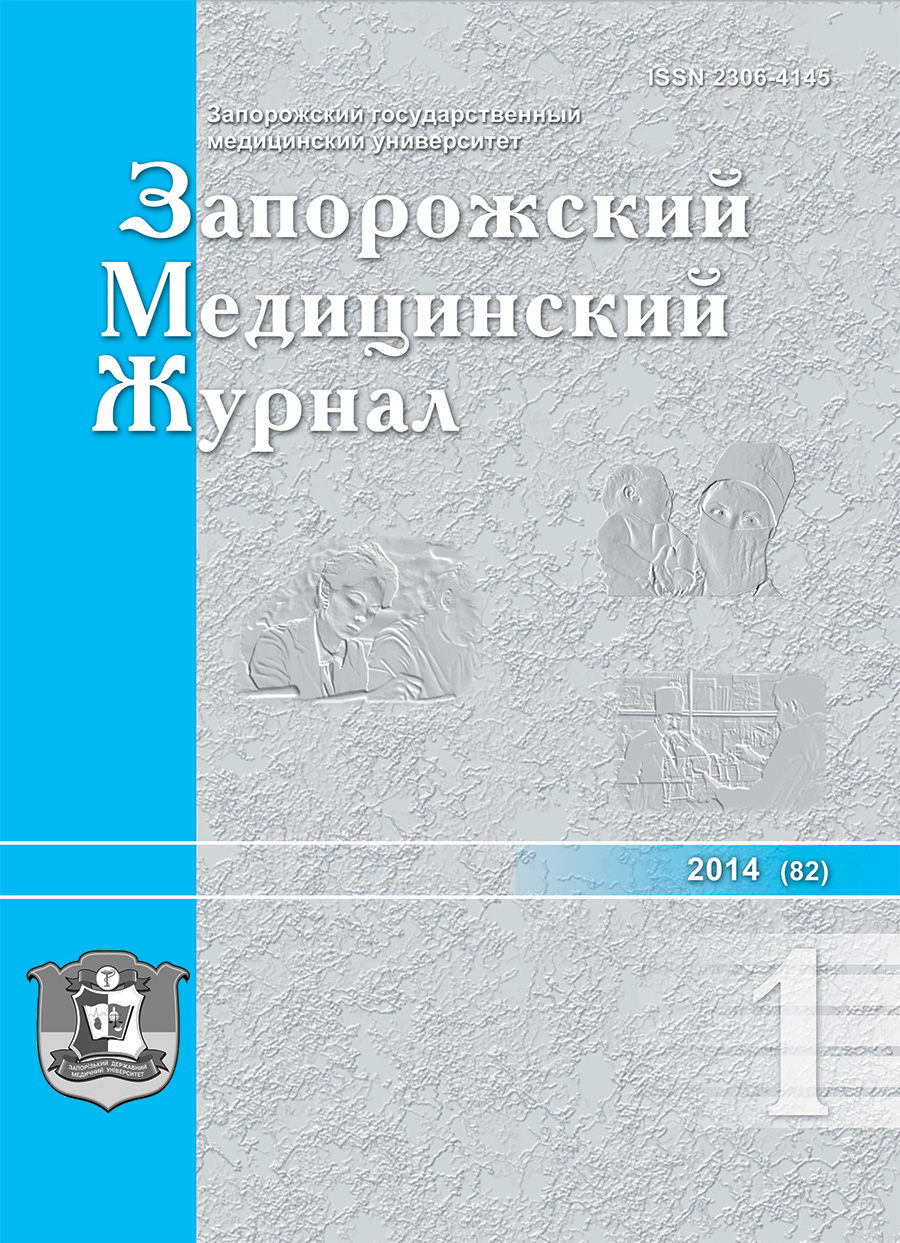Thermogravimetric study of vinpocetine suppository
DOI:
https://doi.org/10.14739/2310-1210.2014.1.23834Keywords:
производство суппозиториев, дериватограмма, темогравиметрические исследования, технологический процессAbstract
Introduction.
Development of technology is the one of the main stage in creation of new medications. Technological process of suppository manufacturing includes sufficiently long thermoprocessing during suppository base making, addition of the active substances and homogenisation. This makes risk of chemical and physical transformations of active substances and excipients in suppository which can be destroyed and changed pharmacologicaly. Use of thermogravimetric analyses in pharmaceutical technology allows to study possibility of chemical interactions of components in the wide range of temperature.
The aim of this work was to study thermoprocessing effects on suppository base with vinpocetine in temperature range of technological process of suppository manufacturing.
Object.
Vinpocetine rectal suppository (with 0,5% of surface-active substances), active substance (vinpocetine) and excipients (twin 80, cacao oil) were used as the objects of thermogravimetric investigation. Thermogravimetric analyses was carried out on the derivatograph «Shimadzu DTG-60» (Japan) with the platinum-rhodium thermocouple by heating from 25°C to 200°C in the aluminium crucible. α-Al2O3 was used as standard. Heating speed was 10ºС in minute. Model mass was 14,23 – 34,4 mg.
Conclusions.
It was established that cacao oil is thermolabile substance with melting temperature 41,32 ºС. Surface-active substance twin 80 displays thermostability from 30 tо 100ºС. Vinpocetine derivatogramme confirmed its thermostability in temperature range from 30 tо 154 ºС.
Derivatogramme of vinpocetine rectal suppository 0,01 and suppository base displayed the absence of critical temperature lower 100ºС. Insignificant mass loss (0,21%) shows that fact. Investigation of composition over 100ºС wasn’t carried out because these temperatures aren’t used in technological process of suppository manufacturing.
Presence of thermal effects on derivatogramme of vinpocetine rectal suppository coincides with thermal effects of suppository base. That indicates absence of chemical and physical transformations of active substance and excipients in application dosage form.
References
Верещагин Е.И. Современные возможности нейропротекции при острых нарушениях мозгового кровообращения и черепно-мозговой травме (Обзор литературы) / Е.И. Верещагин // Журнал интенсивной терапии. – 2006. – № 3. – С. 4–28.
Современные подходы к лечению больных с хроническими сосудистыми заболеваниями головного мозга / М.М. Танашян, О.В. Лагода, П.А. Федин [и др.] // Атмосфера. Нервные болезни. – 2010. – № 4. – С. 19–22.
Кадыков А.С. Хронические сосудистые заболевания головного мозга. (Дисциркуляторная энцефалопатия) / А.С. Кадыков, Л.С. Манвелов, Н.В. Шахпаронова. – М.: ГЭОТАР-Медиа, 2006. – 224 с.
Афанасьев В.В. Механизмы действия и особенности клинического применения Кавинтона / В.В. Афанасьев, С.А. Румянцева // Атмосфера. Нервные болезни. – 2010. – № 2. – С. 13–16.
Effects of Vinpocetine on mitochondrial function and neuroprotection in primary cortical neurons / К. Tafrnok, Е. Kiss, P.G. Luiten [et al.] // Neurochemistry Int. – 2008. – Vol. 53. – P. 289–295.
Патофизиологическое обоснование применения блокаторов кальциевых каналов и нейротрофических средств при остром нарушении кровообращения различного генеза / В.И. Черний, Т.В. Островая, Е.В. Черний [и др.] // Укр. журн. екстремальної медицини ім. Г.О. Можаєва. – 2005. – Т. 6. – № 1(д). – С. 110–113.
О влиянии вида носителя и поверхностно-активных веществ на высвобождаемость винпоцетина из суппозиториев / Н.А. Нагорная, В.В. Гладышев, В.В. Нагорный, Б.С. Бурлака // Актуальні питання фармацевтичної і медичної науки та практики. – 2013. – № 2 (12). – С. 30–32.
Гладишев В.В. Виготовлення супозиторіїв з діючою речовиною вінпоцетин в умовах аптеки / В.В. Гладишев, Н.О. Нагорна, І.Л. Кечин, В.І. Курпаяніді // Iнформ. лист МОЗ України. – 2013. – Вип. 20 по пробл. «Фармація». – №239-2013. – 4 с.
Нагорна Н.О. Вивчення фармакотехнологічних характеристик вінпоцетину / Н.О. Нагорна, В.В. Гладишев // Науково-технічний прогрес і оптимізація технологічних процесів створення лікарських препаратів: матеріали 5-ї наук.-практ. конф. з міжн. участ. – Тернопіль, 2013. – С. 139–140.
Цагареишвили Г.В. Биофармацевтические, фармакокинетические и технологические аспекты создания мягких лекарственных форм (ректальные препараты) / Г.В. Цагареишвили, В.А. Головкин, Т.А. Грошовый. – Тбилиси: Мецниереба, 1987. – 263 с.
Головкин В.А. Лекарственные средства для ректального применения в педиатрии / В.А. Головкин, В.В. Головкин, Ю.П. Ткаченко. – Запорожье: Просвіта, 2006. – 140 с.
Королев Д.В. Определение физико-химических свойств компонентов и смесей дериватографическим методом / Д.В. Королев, К.А. Суворов. – СПБ.: СПбГТИ(ТУ), 2003. – 33 с.
Тиманюк В.А. Биофизика / В.А. Тиманюк, Е.Н. Животова. – Харьков: Золотые страницы, 2003. – 704 с.
Thermal analysis of the dehydrated form of diclofenac salt / A. Fini, P.J. Sanchez-Soto, M.J. Fernandez-Hervaz [et al.] // Intern. Journ. of pharmac. –1998. – V. 165. – № 1. – P. 79–85.
Трунова Т.В. Термогравіметричні дослідження супозиторіїв з N, N~дибензиламідом малонової кислоти (дибамком) / Т.В. Трунова, Т.В. Крутських, О.С.Кухтенко // Фармацевтичний часопис. – 2010. – № 4. – С. 35–38.
Стрілець О.П. Термографічне дослідження нового комбінованого препарату із гіпотензивною дією / О.П. Стрілець // Український журнал клінічної і лабораторної медицини. – 2010. – Т. 5. – № 4. – С. 29–31.
Downloads
How to Cite
Issue
Section
License
Authors who publish with this journal agree to the following terms:
Authors retain copyright and grant the journal right of first publication with the work simultaneously licensed under a Creative Commons Attribution License that allows others to share the work with an acknowledgement of the work's authorship and initial publication in this journal. 

